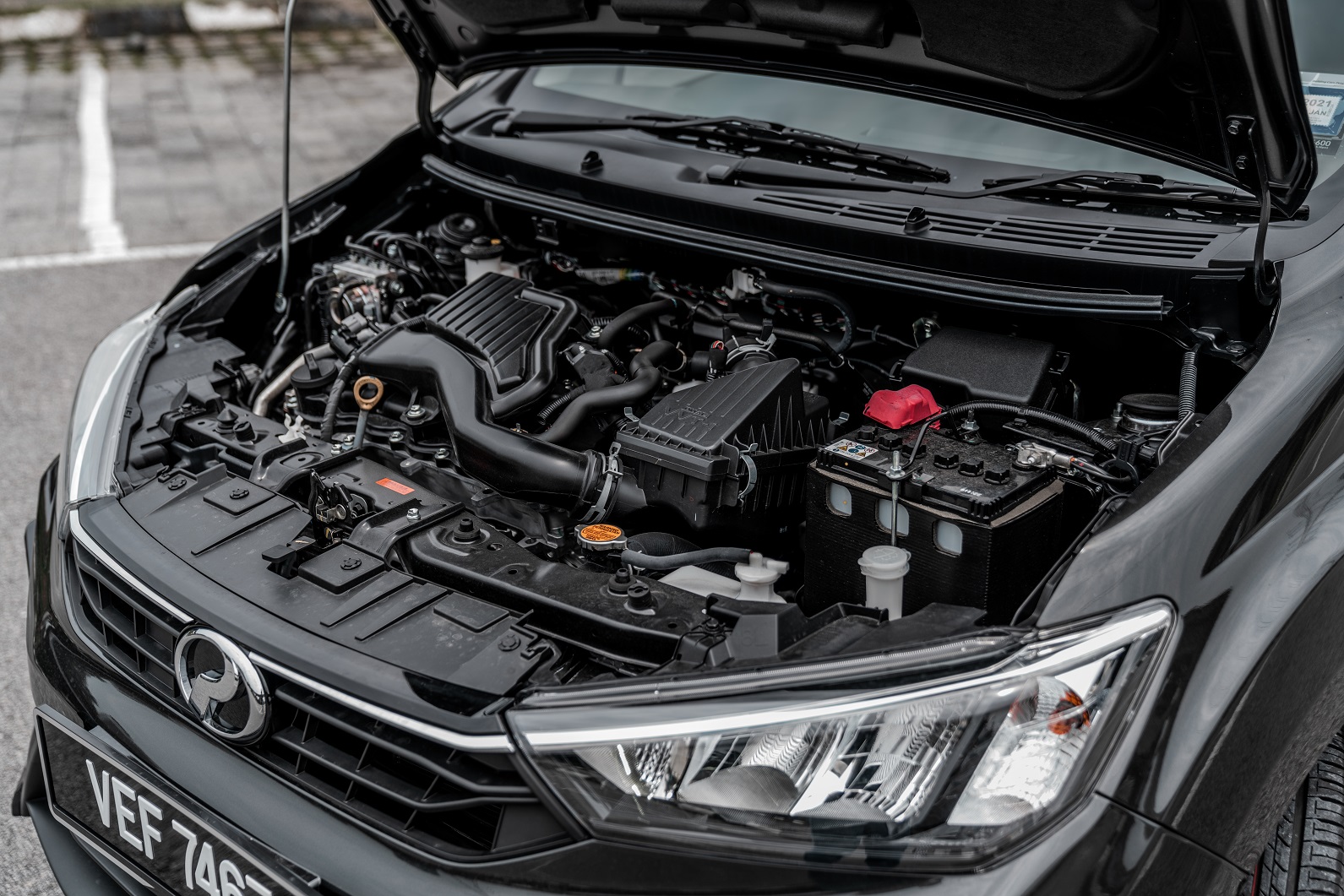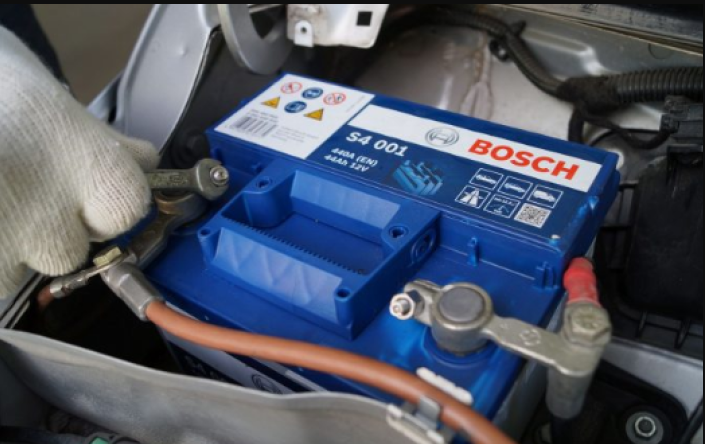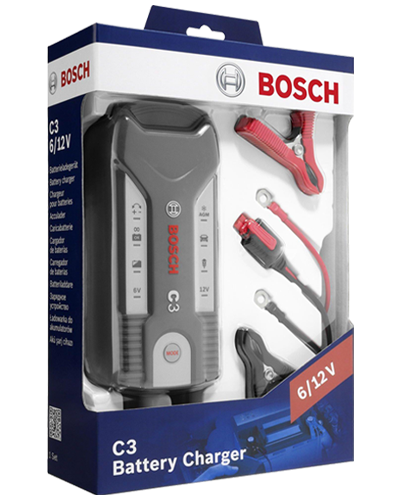5 simple tips to keep your car battery in tip-top shape while stuck at home during lockdown

The majority of you law-abiding citizens are likely to be stuck at home at the moment; your car may be sitting idle in your driveway, which could be detrimental to the health of its battery if left unattended for too long. Luckily, there are some simple steps you can take to keep your battery in tip-top shape and ready to start once it’s safe to go out again.

1. Switch off all electronic accessories
Probably the most basic step in keeping your battery from going flat. Even with the engine off, the battery is continuously discharging; leaving electronic accessories switched on will hasten the discharged rate. The most common mistake that most car owners make is leaving the headlights on by accident. It is a good idea to wean this habit off to avoid the hassle of a flat battery, especially in older cars that do not emit a warning signal or switch off the lights automatically after some time.
Headlights aside, accessories such as the radio, air-conditioning and 12V peripherals might also consume some battery power with the engine off. Some juice is needed to prime these accessories once you start the engine; switching them off will relieve the battery’s load during ignition. Therefore, unless you’re driving a modern vehicle with an intelligent on-board computer managing all electronics centrally, try to make it a habit to switch off all electronic accessories before leaving your car.

2. Take your car out for an occasional spin
With the engine off, the alternator cannot recharge the battery as it is typically driven mechanically by the engine belt. With the engine running, the alternator feeds electric current to the battery, hence maintaining its charge level. Therefore, the longer your car remains dormant, the lower the battery’s charge.
Fortunately, you can still take your car out for a spin nearby. As essentials such as grocery shopping are allowed, you may capitalise on trips to a nearby grocery store to recharge your battery. Try to spend at enough time behind the wheel to get the engine properly warmed up while you’re at it, while observing travel restrictions and SOPs, of course. Doing so for about 20 to 30 minutes each time should ensure that the battery is sufficiently charged. You’ll be doing your powertrain a favour too by circulating the fluids and keeping everything nicely lubricated.

3. Clean corrosion off battery terminals
You may occasionally spot a greenish deposit coating the battery terminals. This corrosion reduces the terminal’s conductivity, sometimes making it hard to start your car. The deposit is the result of a chemical reaction between the hydrogen gas released from the battery’s sulfuric acid and the terminal’s surroundings. Corrosion on different terminals could also signify different issues; corrosion on the negative terminal might be due to undercharging while corrosion on the positive terminal could be caused by overcharging.
Fortunately, you may still be able to clean the corrosion off with a few household items such as baking soda solution or even carbonated drinks. Smearing them on the terminals (with the ignition off and terminals disconnected) might help break down the corrosion. That said, prevention is better than cure. The easiest prevention method would be to invest in battery terminal protectors which you can source from local e-commerce sites such as Lazada and Shopee, assuming there are no faults to address in your electrical system.

4. Avoid turning your engine on and off in quick succession
If your engine doesn’t start from the first crank, do not rapidly turn it on and off. Doing this may significantly drain the battery as the starter motor is the biggest consumer of battery power; the starter literally spins up the heaviest component of your car. Hence, it uses a considerable amount of power to start the engine.
Each time you twist the ignition to the ‘START’ position, the starter motor draws hundreds of amps from the battery; continuously cranking the engine may deplete the latter prematurely. Hence, it is vital to stop cranking the engine for a while before making another attempt. If the engine still doesn’t start, it could either point towards a battery that is simply too weak to start the engine or a starter motor that has gone faulty.

5. Invest in smart battery chargers and power bank jump starters
In cases where taking the car out for an occasional spin isn’t feasibly, you might want to consider investing in a smart battery charger for long-term storage. The main advantage of this type of charger is it comes with overcharge protection. This means it will automatically stop charging once the battery is fully charged; you can just hook it onto your battery and forget about it. Smart chargers work well on dry and wet lead-acid batteries; in the case of wet batteries, their electrolyte level needs to be fully topped off before charging. This is similar to how cars are hooked up to a power source at road shows to prevent them from going flat.
If you wind up with a flat battery, though, having a power bank jump starter can be a lifesaver. This device comes with a pair of clips that you hook onto the battery’s terminals. Thanks to its portability and jump-starting ability, you don’t have to wait for a good samaritan to come to your rescue. This assumes that your battery is not completely dead though; in this case, you may need to replace your battery. Thankfully, these nifty devices are widely available online as well.

